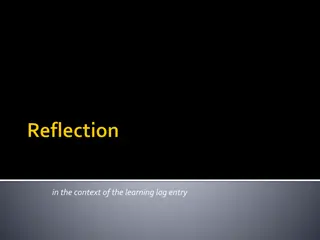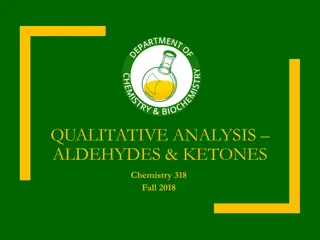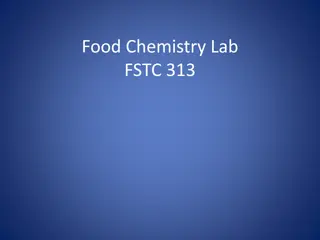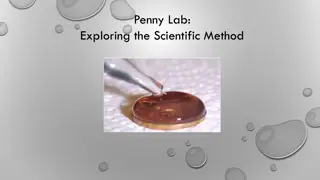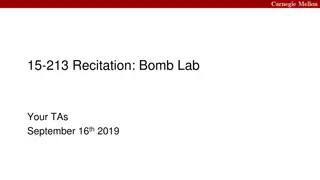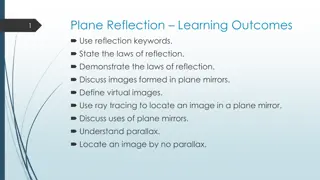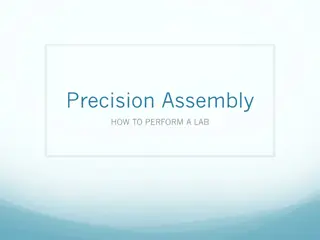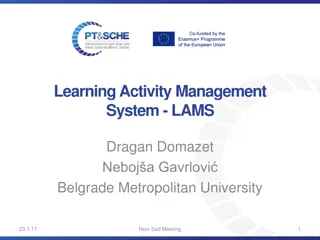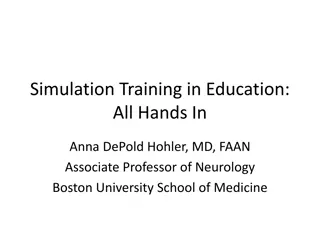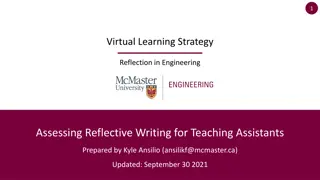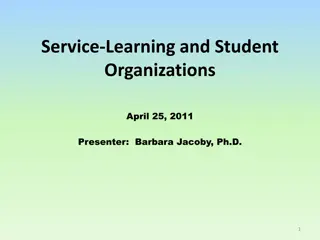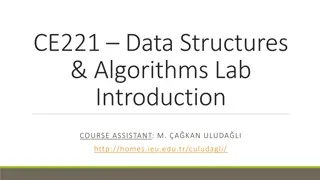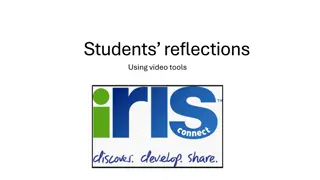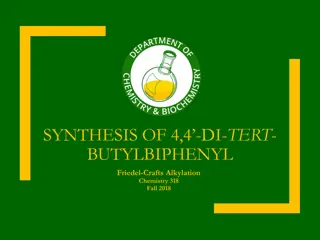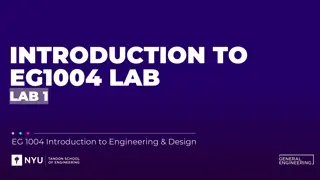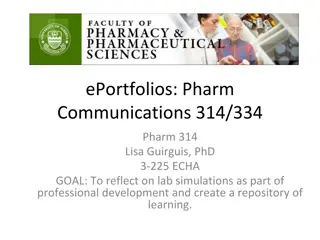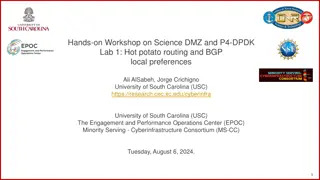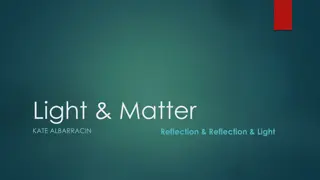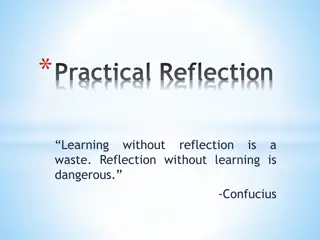Hands-on and reflection in student lab learning
Student lab learning at Lund University emphasizes hands-on experiences, reflection, and authentic activities to promote conceptual change and intrinsic motivation. The approach focuses on developing practical skills, inspiring critical thinking, and fostering collaboration in a professional context.
Download Presentation

Please find below an Image/Link to download the presentation.
The content on the website is provided AS IS for your information and personal use only. It may not be sold, licensed, or shared on other websites without obtaining consent from the author.If you encounter any issues during the download, it is possible that the publisher has removed the file from their server.
You are allowed to download the files provided on this website for personal or commercial use, subject to the condition that they are used lawfully. All files are the property of their respective owners.
The content on the website is provided AS IS for your information and personal use only. It may not be sold, licensed, or shared on other websites without obtaining consent from the author.
E N D
Presentation Transcript
Hands-on and reflection in student lab learning Anders Ahlberg Center for Engineering Education LTH, Lund University, Sweden UNIS Aug 27, 2018
Conceptual change requires accomodation Rich, authentic experiences
Intrinsic (interesting, rewarding) Authenticity Being seen Autonomy Challenge Belief in success Experienced value Work with role models Use all senses Professional social context Motivation Extrinsic (threat, promise) Pre Pre- -requisits requisits for for Metacognition Pre-Knowledge Good Good academic academic performance performance Helicopter view on ones own progress Disciplinary content, interconnectedness Strategies Deep, meaningful approach to learning Modified after McCormick, C., B, & Pressley, M. (1997). Educational Psychology: Learning, Instruction, Assessment. New York: Addison Wesley Longman.
Student can learn by experiencing variation (discerning a selected aspect of a phenomena) Bowden & Marton 1998
Conclusion: Authientic, realistic active learning activities are efficient
Typical intentions of a lab excercise Illustrate/demonstrate theory Develop practical lab abilities Inspire and motivate Get feedback on currently developing knowledge Develop analytical critical thinking Facilitate the understanding of scientific work Develop collaborative skills Develop the language of the subject discipline (Hult 1999)
Typical intentions of a lab excercise Illustrate/demonstrate theory Develop practical lab abilities Inspire and motivate Get feedback on currently developing knowledge Develop analytical critical thinking Facilitate the understanding of scientific work Develop collaborative skills Develop the language of the subject discipline (Hult 1999)
Common Lund Univ.-problems: Many lab exercises conform into abbreviated passive demos Lab exercises are passed on from Teaching Assistant to Teaching Assistant.
Levels of freedom of lab exercises (1) Cookbook lab (follow instruction) 1 2 6 7 3 4 5 8 Semi-structured lab (intermittent reflection) Define the task Evaluate step 1, Decide step 2 Evaluate Reasonabl e outcome? Will 4. suffice to resolv the task? Etc 1 3 2 4 Freely structured lab (reflection throughout)
Levels of freedom of lab exercises (2) P-E Ellstr m Integrating Learning and Work: Problems and Prospects
Lab experiences, mapping progression in study programmes Programmes 4 3 Study year 2 1 (Marie Wahlgren, LTH Chemical Engineering)
Observation X in the lab didnt fit given theory Z from previous lecture Undergrad student response is.. Senior scientists reponse is..
Vary lab exercises once in a while Theory presented..... ..matching student observations Theory presented..... ..not matching observations Student observations first.. ..look for patterns ..then approach theory
Lab exercises in context of course designs View of students View of teaching team Lect Lect Lab Lab Lect Lect Lab Lab Lect Lect Lab Lab Lect Lect (An interconnected, course module) (compartmentalized into two sub-course modules)
Questionaire: Is there a gap between lectures and labs? Students: Yes, this is typical TAs: Yes, this is typical Lecturers: If students and TAs say it is, yes.. Barri et al 2006: Bridging the Gap between Theory and Practice on an Example of Chemical Laboratory (LTH course report, 20pp)
OK, but is this gap a significant problem? Students: Yes, this is typical TAs: Yes, this is typical Lecturers: Yes, if students and TAs say so.. No, it s ok, it s normal! It is a frustrating problem! I don t think this is a big problem
Bridging the gap lecture lab lecture Barri et al 2006: Bridging the Gap between Theory and Practice on an Example of Chemical Laboratory (LTH course report, 20pp)
Labs provide rich learning opportunities Lab designs need do be varied Lab objectives need to be negotiated Anders Ahlberg Center for Engineering Education LTH, Lund University, Sweden UNIS Aug 27, 2018




